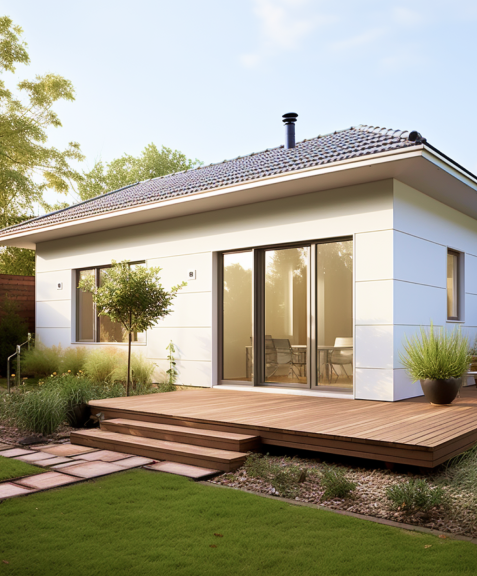
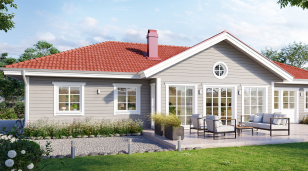



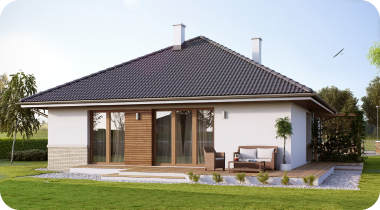
A link to download your FREE brochure will be in your inbox in 3 minutes
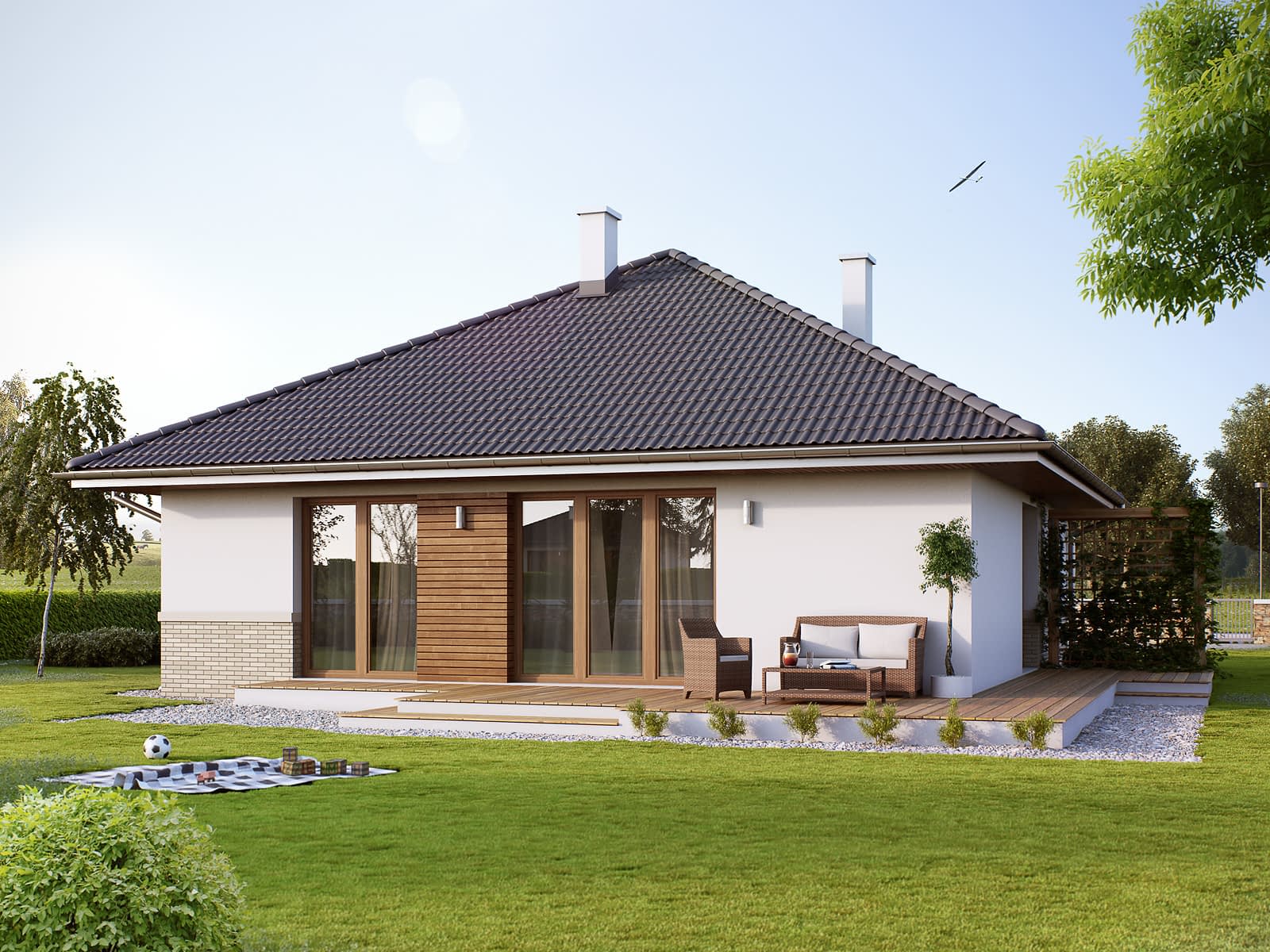






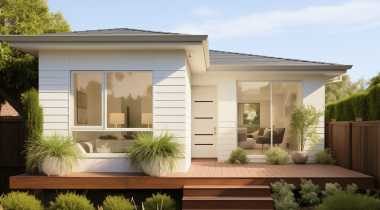











The final price may vary based on project specifics.
To get a free accurate quote tailored to your needs, book a consultation with us today!

The price per square foot provided is an average and may vary depending on project-specific details such as materials, location, complexity, and other factors. Actual costs may differ from the average provided.
It is recommended to obtain a detailed quote based on the specific requirements of your project.

Please note that the monthly payment displayed on this page is an estimate and is subject to variation based on the selected loan product, applicants credit score, loan amount, and other financial details. Actual monthly payment may differ from the estimate provided.
It is recommended to seek advice from a financial advisor or loan officer to obtain precise payment information tailored to individual circumstances.
 Your Trusted
Local Contractor
Your Trusted
Local Contractor
Greetings, dear reader! Have you ever found yourself scratching your head over the abbreviation “ADU” and asking, “What on earth does ADU stand for in building terms?” No fret! You’re not alone, and we’re here to enlighten you. ADU is short for Accessory Dwelling Unit. These remarkable dwelling units, commonly referred to as ADUs, are heralding a ground-breaking trend in housing options.
They provide property owners a unique opportunity to optimize their existing living space. However, let’s not rush into the details just yet. Let’s set the foundation first, shall we?
An Accessory Dwelling Unit, lovingly known as ADU, is a secondary housing unit sharing the same lot as the primary house. Picture it as having two homes on a single property – your main house, and an additional, smaller dwelling. It could be a tiny house resting in your backyard, a basement apartment, or perhaps a transformed detached garage, essentially crafting a separate living space within your existing property boundaries.
By having an ADU, you get the opportunity to morph your single-family home into a dual-purpose property without breaching any zoning regulations. This not only augments your property’s habitable living space, but it also presents new avenues for generating rental income. It’s akin to owning an ADU real estate without having to purchase an entirely separate property – read more about here – https://aplusconstructionremodeling.com/adu-builders/.
You may ask, “What does ADU passageway mean?” In simple terms, the passageway is the path that interconnects the ADU with the main house or to the street. It’s fundamentally a separate entrance that promises privacy and autonomy for those residing in the ADU.
There exists a multitude of accessory dwelling units, each with their unique characteristics.
These include:
These standalone structures are separate from the primary residence and may include tiny houses, backyard cottages, or even carriage houses.
An attached ADU shares a common wall with the main house. This could be an extension of the existing home or a revamped existing space such as a garage or a basement, transforming it into a habitable living space.
These are units carved within the main house, such as a basement secondary housing unit or an attic turned living area.
A JADU is a smaller, contained variant of ADU, typically up to 500 sq ft, entirely contained within the primary residence. A JADU typically houses a small kitchen, a bedroom, and its own entrance.
Accessory dwelling unit (ADU) conversions are another popular ADU option for those who have unused constructions on their property. Carriage house transformations and garage conversions are the most common ways of creating an ADU house by renovating an old structure.
Accessory dwelling units come with an array of benefits:
Of course, one of the most attractive opportunities that ADUs provide to homeowners is receiving rental income. Both attached and detached accessory dwelling units can be rented out for a good rental ADU cost. In general, rental prices depend on the amenities provided, physical form of the structure, and location of property.
As alluring as ADUs are, they come with their share of rules and regulations. Constructing an ADU without legal permits can result in substantial fines, legal troubles, and even the potential demolition of the ADU. Moreover, an ADU that did not receive permits can complicate property sales or refinancing. Therefore, it is imperative to adhere to local laws, building codes, and secure necessary permits before embarking on your ADU creation journey.
Even for a garage conversion, you still have to get the permission for the implementation of your ADU plan. In different areas, regulations of ADU require different standards to be followed. Landowners should check their local ordinances before applying the plans to the governmental officials.
Pondering about financing ADU construction? There are several avenues you can explore. You can utilize your savings, secure a home equity line of credit, apply for a renovation loan, or even procure one of the construction loans available in your area. The key lies in considering the upfront costs, your financial capacity, and the potential return on investment.
By now, you might be mulling over, “Is an ADU for me?” If you have surplus space, a desire to house family members, or a wish to receive passive income, then an ADU might just be the perfect fit for you. But remember, the journey commences with comprehending local law requirements, determining the financing, and meticulously planning the accessory dwelling unit construction. So, are you prepared to delve into the world of ADUs?
Incorporating an ADU to your property may escalate your taxes as it increases the overall value of your property. However, the exact impact is dependent on the tax laws in your locality.
Typically, a homeowner cannot sell ADUs separately from the main dwelling, as they share the same grounds. However, this might vary depending on local zoning laws.
A guest house is primarily meant for temporary visitors and might not incorporate all the amenities of a full house. Conversely, an ADU is a complete dwelling unit encompassing a kitchen, bedroom, and bathroom.
Absolutely! Renting out your ADU is an excellent method to generate a passive income stream. But ensure you comply with local legal regulations about rental dwelling units.
Yes, an ADU can serve as an ideal solution for housing a family member who needs extra care. It provides them a separate, yet proximal living space, enabling them to maintain their independence while staying close to loved ones.
A basement ADU, an internal ADU, metamorphoses your existing basement into a habitable living area. It’s a cost-effective method to create an ADU without requiring additional square footage.
Size restrictions for ADUs can vary depending on local zoning laws. Typically, ADUs range from 500 to 1200 square feet.
Get a First Look at Real ADU Projects